On The Boards

A new project features a micro distillery and cozy tasting room. Inspired by the “brown bars” of Amsterdam, the tasting room will feature rich interiors and unique indirect lighting.

A new project features a micro distillery and cozy tasting room. Inspired by the “brown bars” of Amsterdam, the tasting room will feature rich interiors and unique indirect lighting.

Window sprinklers and water curtains are similar in appearance, but quite different. A water curtain is used in an exterior wall that is required to have up to a 1hr fire rating based on FSD (Fire Separation Distance). They include roughly adding standard sprinkler heads at 6′ on center, 6″ from the wall. Adding the water curtain allows for unlimited openings […]
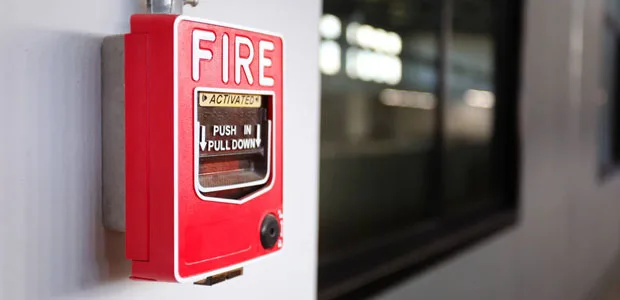
This post provides an overview of the alarm requirements in a distillery, when the apply, and how they apply. This article is based on 2018 IBC & IFC. When do alarms apply? Alarms come into play when a distillery is designated as an H occupancy. This occurs when the MAQ (maximum allowable quantity) of 240 […]
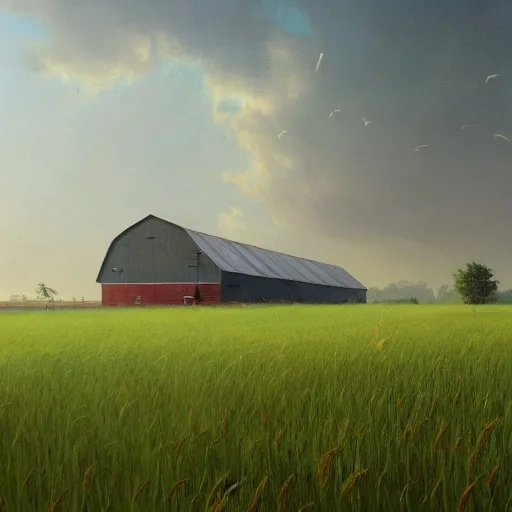
NFPA 30 (2015 edition mentioned here), the “Flammable and Combustible Liquids Code” Offers a route for buildings containing large volumes of flammable liquid to be non – sprinklered. Normally, when exceeding the MAQ’s of 120 gallons, sprinklers would be required, but chapter 13 of NFPA 30 provides an exception to allow for an unprotected (non […]
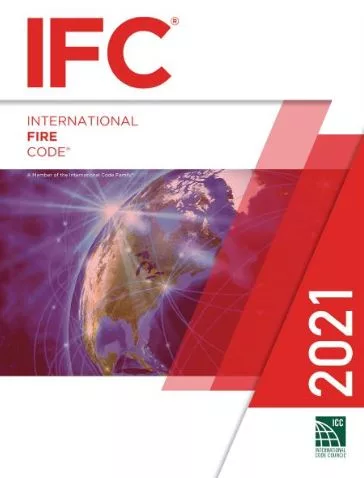
As mentioned in a previous post, there were some major changes to the 2021 and new codes affecting distilleries. One of these major changes were how barrel storage is classified and treated. IFC Chapter 40 2021 IFC (International Fire Code) added a whole new chapter 40 , Storage of Distilled spirits and wines. The chapter […]
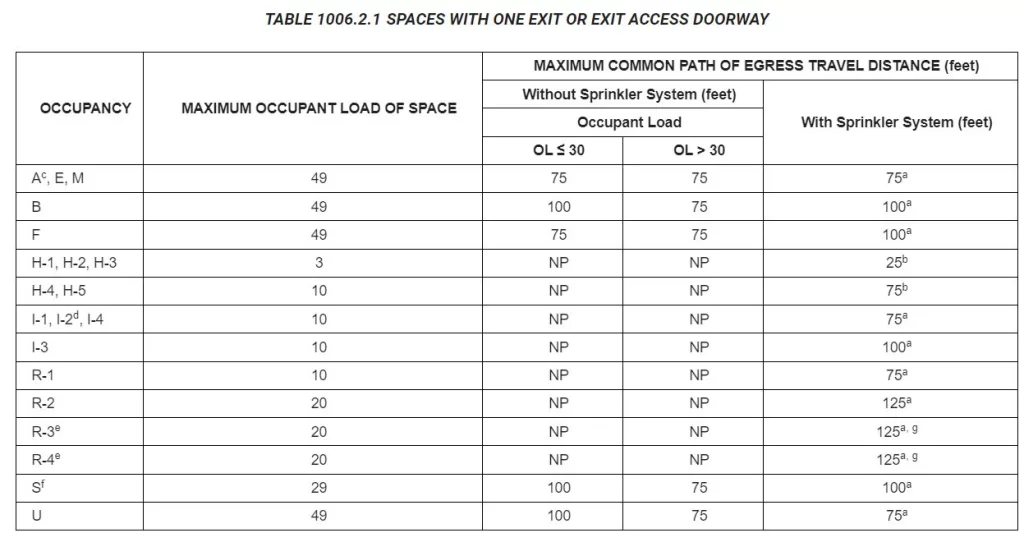
The default for egress per the code is 2 exits out of spaces and stories, but the code does have several provisions permitting a single exit from a smaller spaces with limited number of occupants. Here will will go over the main concepts for single exit spaces and single exit stories. Single Egress from spaces […]
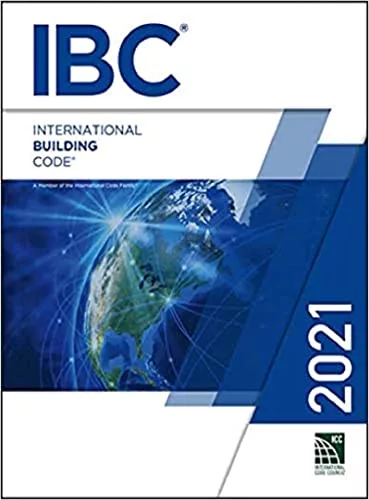
The 2021 and newer editions of the IBC (International Building Code) involved major changes affecting the design of distilleries. Jurisdictions adopt different editions at varying times. Many jurisdictions are still utilizing 2018 and earlier codes, but in the coming years, most jurisdictions will begin to adopt 2021 and newer editions. Check with your location jurisdiction […]
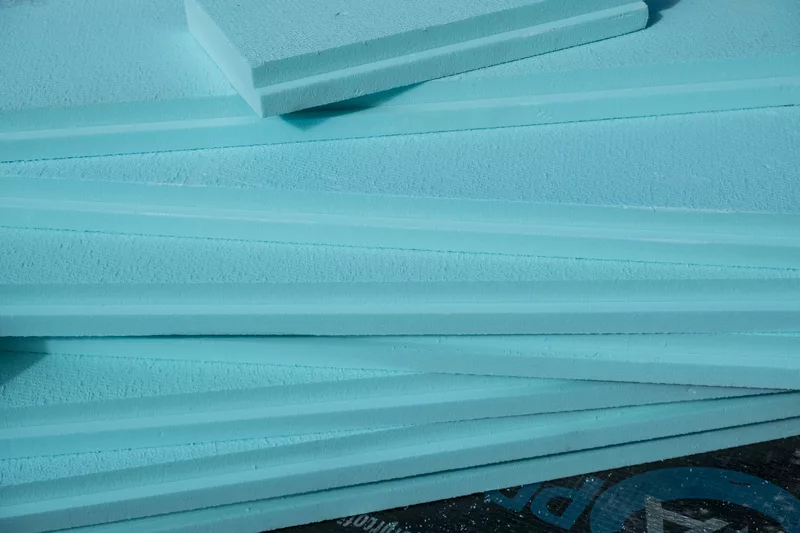
Metal Buildings can often have some specific considerations in the energy code when it comes to insulation that can be a bit different than the requirements for other buildings. This post is based on the 2021 International Energy ConservationCOde (IECC), but local jurisdictions may adopt publications from different years or have amendments specific to their […]
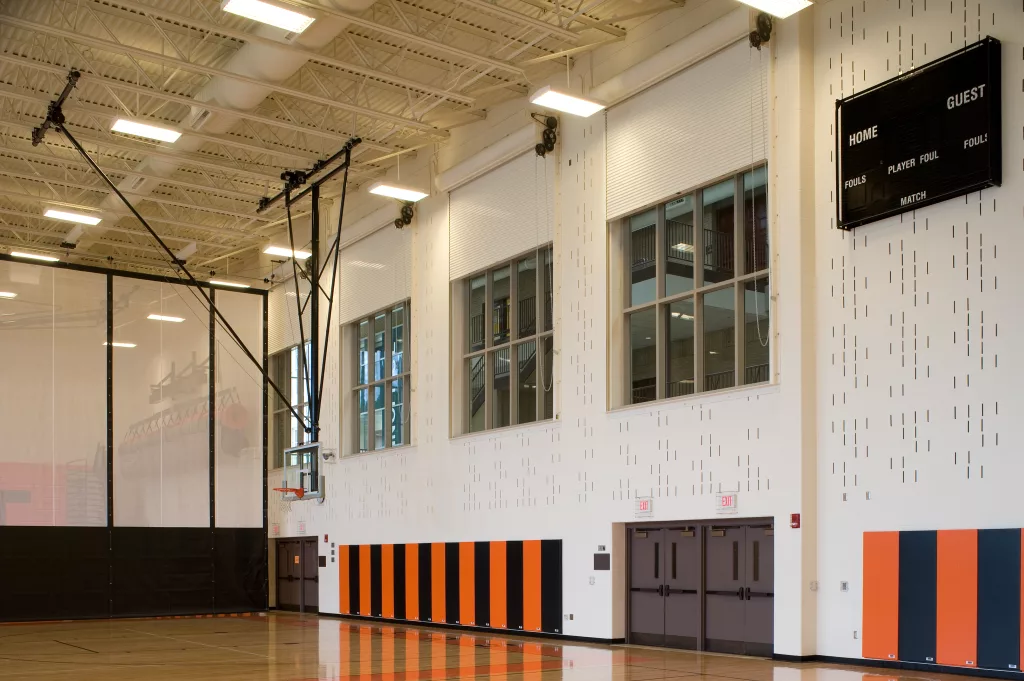
There are several instances when you may be required to have a fire resistant wall between two areas or rooms within a building. One of the most common reasons for this would be two different occupancies that require a fire rating between them. For instance, an H-3 (High Hazard) occupancy adjacent to an A-2 (Assembly […]

Extremely wonderful class! Experts in their field and tons of accessible knowledge to take with you for your Distillery journey. Whether you are an experienced distiller looking to open up a distillery or someone looking into becoming a distiller, you will gain knowledge to excel, from this class.

This article will cover which “outdoor” building portions are or aren’t considered part of the building and which are or aren’t subject to varying codes. What is part of the building area? Any area that is covered by a roof covering. So, this could include entryways/ driveway overhanging, covered patios, canopies, decks, porte-cocheres, other projections, […]
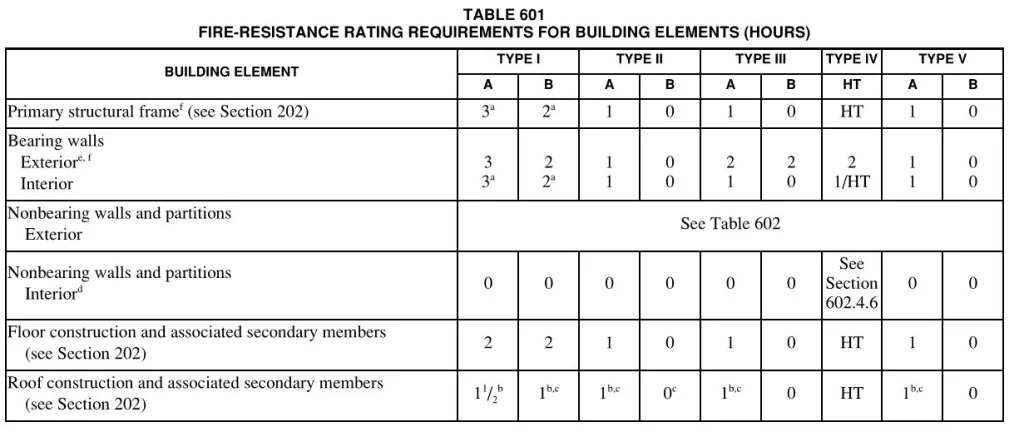
Building Codes (IBC) sets limits of building areas, heights, and stories based on how fire restive the building is. Why It Matters When a new tenant or owner of a building comes in and wants to change the occupancy of all or part of the building, it is incumbent on them to make sure that […]
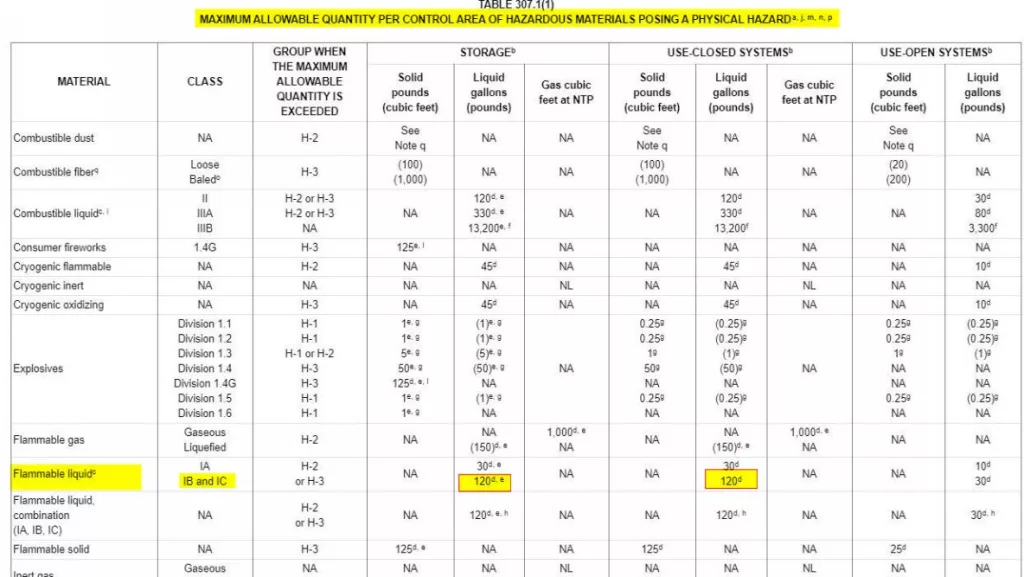
MAQ’s (Maximum Allowable Quantities) are an important concept when designing and building a distillery. The concept of MAQ’s comes from the International Building & Fire Codes (IBC & IFC). These codes regulate the safety of design and operations within buildings. The MAQ’s sets limits for different materials used or stored within building to determine at […]
Automatic fire sprinklers have been in existence for over a century, and since their widespread implementation, have extinguished many fires and saved countless lives. A majority of fires are extinguished in buildings that are designed and maintained properly. How Sprinklers Work Sprinkler piping is distributed throughout a building, usually overhead at ceilings, with spray heads […]
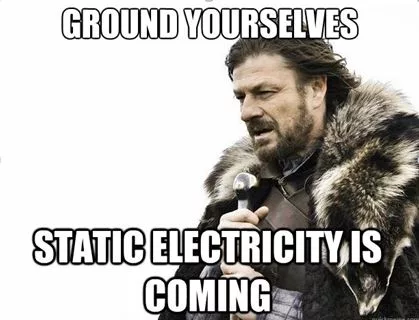
What is Static Electricity? stat·ic e·lec·tric·i·ty (noun) a stationary electric charge, typically produced by friction, that causes sparks. The Basics: -The world is made of atoms -Atoms have electrons protons and neutrons -Protons and neutrons are held tightly to the nucleus of the atom. -Electrons are loosely connected to atoms and can easily move to […]
What is a distillers process description? This is a written document that clearly describes every step of the process that is involved with making your product. From delivery methods through bottling, it details each step so that someone who may be unfamiliar with the distilling industry (i.e. a fire or building code official) can quickly […]

Egress is defined as “the action of going out of or leaving a place”. Egress is a major component of safety features in the building, and has an entire chapter devoted to it in the IBC (International Building Code). This post will cover some of the main concepts that the code uses to ensure a […]
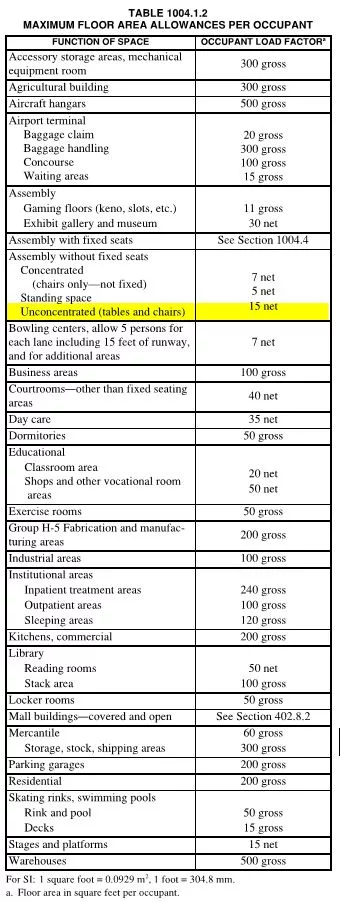
The IBC (International Building Code) and the IPC (International Plumbing Code) provide prescriptive requirements to calculating the minimum number of plumbing facilities needed in a building, including toilets, sinks, & drinking fountains. Calculate Occupant Load First you need to calculate the number of occupants for a space. The occupant load table in chapter 10 of […]
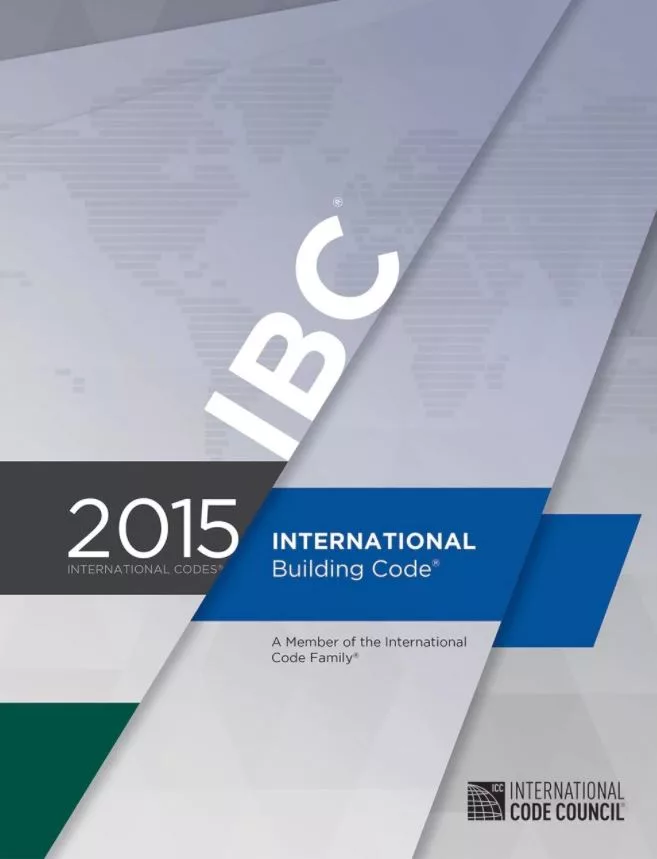
In the U.S. , a lot of folks that are in rural areas may think that they don’t have any building codes where they live. Well, the truth is, that there certainly is code in most places in the country. What they are really lacking is regulation. While freedom from building codes may seem great, […]
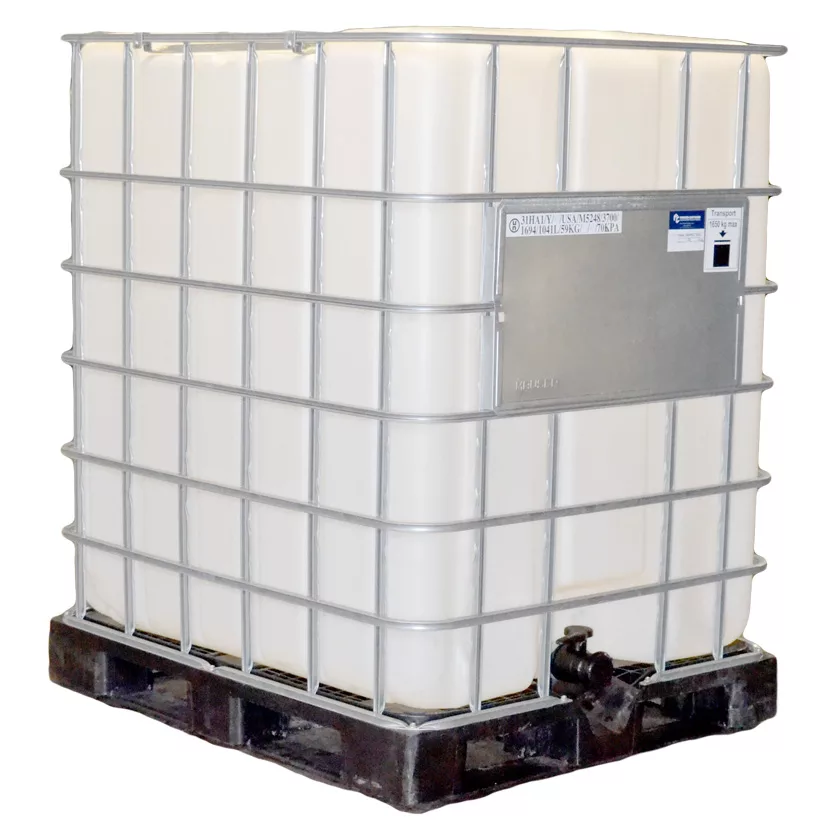
What Are IBC Plastic Totes and what is prohibited from being stored in them? If you’ve been to a few distilleries, you might have seen these around: Large plastic IBC (intermediate bulk container) totes. IBC totes are lightweight, come in a variety of sizes (often seen in 275 gallons or more), and are affordable. They […]
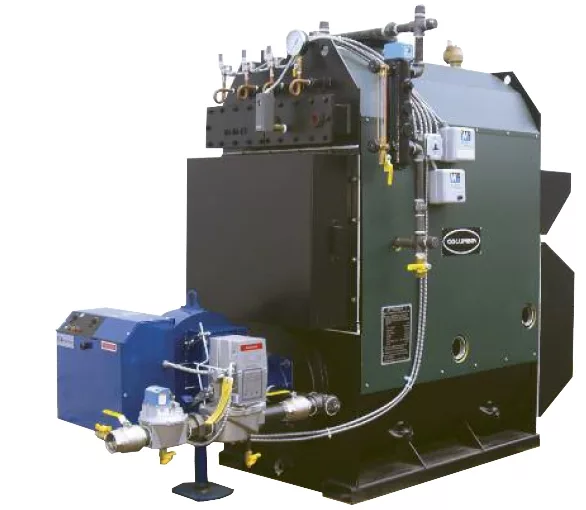
example of a steam boiler used in a distillery Location, Location, Location Ideally, the location of a boiler room in your distillery wants to be as close to the equipment that it is serving as possible. In general, this means as close to your still and fermenters as possible. This is meant to minimize the […]
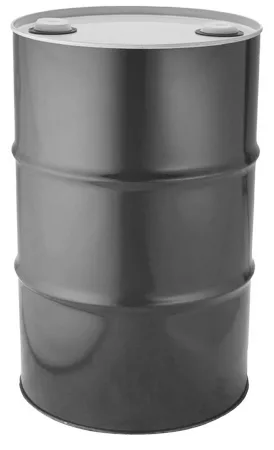
What is Secondary Containment? Secondary containment requirements are found in the International Fire Code, a model code that is extensively used throughout the U.S. for safe building design and function. Most jurisdictions in the U.S. adopt this code as law, with some jurisdictions adopting a variation of it. For the purpose of distilleries, high proof […]

Welcome! The ADA (Americans with Disabilities Act) is an important topic that those involved with the construction or remodel of buildings or spaces should be aware of and informed on. This post touches on some of the main ADA design issues we often come across when working with new and existing buildings, especially in distilleries! […]